|
For those who call Baton Rouge, Louisiana, home, the charming allure of camellias has long been a staple in many local gardens. However, one unwelcome guest, the tea scale, has often marred the beauty of these blooming spectacles. In this blog post, we'll discuss this notorious pest, the challenges it poses, and the steps you can take to control it.
Tea scale (Fiorinia theae) is a prevalent insect pest affecting various ornamental plants, including camellias. Its fondness for camellia's leaves' undersides results in unsightly yellow blotches on the upper side, detracting from the plant's overall aesthetics and vigor. Sadly, Baton Rouge's warm and humid climate offers ideal conditions for this pest to thrive. First, let's delve into what tea scale is. Tea scales are small, about 1/10 of an inch, and have a cover that is white for females and brown for males. Their presence is often noted by a characteristic dusting of tiny, white or brown specks on the underside of leaves. Infestations can weaken the plant and, if unchecked, can lead to stunted growth, leaf drop, or in severe cases, death. A key part of managing tea scale is recognizing early signs of infestation. Watch for a mottled or splotchy appearance on the upper leaf surfaces, a tell-tale sign of tea scale's feeding on the plant tissues underneath. A closer inspection will reveal the pests themselves, a sight you may need a magnifying glass to spot due to their minuscule size. Now that we've highlighted the problem, let's turn our attention to solutions. When it comes to tackling tea scale on camellias in Baton Rouge, a multi-pronged approach is often best. Here are the steps you can take: 1. Cultural Controls Healthy plants are better equipped to withstand and recover from infestations. Thus, regular watering, proper fertilization, and maintenance to ensure optimal plant health is your first line of defense. Also, avoid over-pruning, as new growth tends to attract tea scales. 2. Mechanical Controls For minor infestations, you can use a waterhose, soft toothbrush, or cloth to scrub off the scales from the underside of leaves gently. You might also consider pruning heavily infested branches, especially when dealing with a small plant. 3. Biological Controls Certain natural enemies of tea scale can aid in its control. Some beneficial insects, like lady beetles, lacewings, and parasitic wasps, are known to prey on scales. By fostering a garden environment conducive to these helpful critters, you can leverage nature's own pest control services. 4. Chemical Controls When the infestation is severe or when other methods are not enough, consider using horticultural oil sprays or insecticidal soaps. They are generally safe for most beneficial insects and can effectively control tea scale. For heavier infestations, systemic insecticides might be needed. Always follow the manufacturer's instructions for use and safety measures. 5. Continuous Monitoring Regardless of the control methods you employ, ongoing vigilance is crucial. Regularly inspect your camellias for signs of tea scale and act promptly at the first indication of trouble. This approach will prevent small populations from turning into large, unmanageable infestations. The war against tea scale is not a quick victory but rather a persistent battle. With proper cultural practices, mechanical control, the help of beneficial insects, and careful use of insecticides when needed, tea scale on camellias can be effectively managed. It's important to remember that every garden, every plant, and every pest situation is unique. While these recommendations are generally sound for Baton Rouge's conditions, personal observation, and adaptability remain essential. This approach, coupled with an informed understanding of tea scale and the available control measures, can ensure that your camellias continue to be the radiant centerpiece of your Baton Rouge garden. In conclusion, the journey of taming the tea scale on camellias in Baton Rouge, Louisiana, is challenging, but with knowledge and persistence, it is undoubtedly conquerable. It's about working harmoniously with nature, fostering a thriving ecosystem that not only controls harmful pests but also maintains the beauty and vitality of your garden. 6. Professional Consultation In certain instances, you may find it beneficial to engage the services of a professional arborist or a horticulturist. They can provide personalized advice tailored to the specific conditions of your garden and the extent of the tea scale infestation. Remember, the cost of such consultation can often offset the potential damage to cherished plants. 7. Community Involvement Don't underestimate the power of community. Engage with local gardening clubs or online forums. Many people in Baton Rouge face the same challenges with tea scales on camellias, and sharing experiences can lead to novel and effective solutions. Community involvement also fosters a sense of shared responsibility in maintaining the region's natural beauty. 8. Preventive Measures Prevention is better than cure. If you plan to introduce new camellias to your garden, ensure they are free from tea scale before planting. Quarantine new plants for a while, monitoring them for any signs of infestation. Also, consider investing in camellia varieties known for their resistance to tea scales. 9. Balancing Act Remember, the aim isn't to eliminate every single tea scale. Such a goal is not only unrealistic but could also lead to collateral harm to beneficial insects. Maintain a healthy balance where your camellias can thrive despite the presence of some pests. Battling tea scale on camellias is an ongoing endeavor in Baton Rouge, Louisiana, and it's a task that requires time, effort, and vigilance. Armed with the right knowledge and tools, you can ensure your garden remains a vibrant and beautiful sanctuary, resilient to the trials set by these minuscule pests. Keeping camellias vibrant in Baton Rouge is indeed a labor of love. It demands your care, patience, and attention. The reward, however, is worth it – the sight of healthy, thriving camellias, the joy of their blossoms, and the satisfaction of having nurtured nature against the odds. In the end, remember that every challenge, including the fight against tea scales, makes us more in tune with our garden, its needs, and the rhythm of nature itself. Happy gardening, Baton Rouge!
1 Comment
What are moles and voles?Moles are small creatures with shovel like hands; and they can be grey, black, or brown. They live underground and their den consists of several passageways. They operate underground to protect themselves from harmful predators. They habitat your lawn to consume insects and larvae. Voles are mouse like creatures that operate underground similar to moles. Voles are herbivores and mostly eat plant roots. If you see dying plants or bushes, then they may be the cause. When moles and voles burrow into your yard, they produce holes and underground tunnels. Those underground tunnels will make your yard less stable and uneven; and the holes will become an eyesore. There could also be uproot and damage to vegitation and plants. How to get rid of moles and voles:You can exterminate moles with poison, traps, and repellents. However, sometimes moles and voles go away on their own whenever they have nothing left to eat. Moles eat insects and worms, while voles eat vegitation. Over watering your yard may cause more complications. Moles are drawn to burrow in soft soil as this type of soil is easier to burrow through and create a home. Repellents can also rid your landscape of moles and voles. They emit a smell that is distasteful to certain rodents. Repellents contain castor oil which is the main ingredient that they do not like. Traps and bait can also be used, and it will most likely kill them. Additionally, making sure your lawn cut properly helps to get rid of voles. This is because voles will sometimes hide in excess mulch and grass. If moles and voles continue to invade your yard after exterminating them, there is another method to keep them out. You can install an underground fence around your landscape, so that it is harder for them burrow and infest your yard. How to treat your yard properly:Rodenticides are essentially pesticides that are used to rid the rodents in your yard. Applying rodenticides incorrectly can cause problems for your pets. They can cause your pet to vomit, drool, become nauseous, have reparatory complications, seizures, arrhythmia, comas, and diarrhea if applied incorrectly. They can also cause similar problems for humans. If you believe that there are any complications go seek medical aid.
Make sure that you are always following the instructions and applying only the amount you need. Additionally, make sure that you are applying it only in the places necessary during proper weather conditions. Windy weather can cause pesticides to spread to unwanted places. Why are my crepe myrtles turning black? What are these white specs on my crepe myrtles? If you are asking yourself these questions, you likely have crepe myrtle bark scale on your trees. It was introduced to the United States in the mid-2000s in Texas. Crepe myrtle bark scale made its way over to Louisiana shortly afterwards.
How to Get Rid of Crepe Myrtle Bark ScaleCrepe myrtle bark scale affects crepe myrtles more that are unhealthy. Crepe myrtles that are subjected to poor pruning habits (looking at you crepe myrtle toppers) are more likely to get bad bark problems. Maintain proper pruning methods to keep your trees healthy. The best time to treat is in during spring, between April and May. A soil drench or deep root treatment using a product containing imidacloprid. You can find this in any hardware store. Follow the mixing instructions and treat the area all around the drip line of the crepe myrtle. Be certain to rake back any mulch before treatment. You can rake the mulch back into place once the treatment has dried. Treat it again the following year to ensure you do not have a resurgence. During the winter, you can use a dormant oil spray when all the leaves have fallen off the crepe myrtle. This should only be used during the winter and it should be a dormant oil containing paraffin, not some of the lighter oil varieties since they will not kill off the scale. There have been some success with contact insecticides. Insecticides containing bifenthirin have had limited success. This solution works better on younger scale. Insect growth regulators as a crawler spray are useful in stopping the crepe myrtle bark scale's life cycle. The solutions will have to be used by a professional since they are restricted use products. Products containing pyriproxyfen or buprofezin have had good success in scale crawler control. Apply when crawlers are active and spray to coat the affected area, this is usually spring. How to Get Rid of Black Sooty MoldYou've killed off the scale, but the black sooty mold remains. The most affordable, and quickest option is to clean it off. Put a couple of tablespoons of dish soap and warm water in a five gallon bucket. Lightly scrub the affected areas with a soft bristle brush that has been dipped in the soapy solution.
Contact us today to have us get rid of your crepe myrtle bark scale problem. Ladybugs are a natural way to keep plant pests in check... sorta. There is an organic gardening push to purchase ladybugs and release them in your garden as a natural way to eliminate pests like aphids. There is a problem. When you release them, they fly away. They go many miles away because ladybugs naturally spread out so they don’t overcrowd one another's territory so there is enough food to survive. An alternative is green lacewings, but they can become a problem if their population grows too much. If you have to buy a helpful bug, get green lacewings. An okay solution if you are trying to do organic gardening is to make a ladybug friendly environment. They will come to you. Grow a large variety of plants. Let some aphids live. It will attract ladybugs to your garden. Use manual removal on your plants if things start to bug out too much.
If you are trying to grow an organic garden, the best advice is to grow plants that do the best in your environment. I know this sounds pretty simple, but a lot of people do not follow this advice. Trying to grow your favorite variety of tomato may taste the best to you, but will be near impossible to grow if it is swarmed by insects daily. Choose the easiest variety of what you want grown and you will be much more successful as an organic backyard farmer. Give us a call if you have any questions about natural insect control for your garden. The Center for Disease Control and Prevention showed West Nile infected 2,469 people last year and cause 119 deaths. The virus is transmitted by mosquitoes that have bitten infected birds and then feast on a human host. September and October are the worst months for the virus and your highest chance to contract it. Be sure to keep using personal mosquito repellent and wear long sleeve shirts and pants when possible. Fortunately, only 1 in 5 people who contract the virus develop fever, and less than a percent develop anything serious. If you suspect you may have contracted West Nile, please see a doctor as soon as you can. GreenSeasons Mosquito Misting Systems
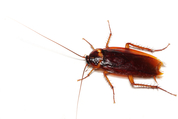 Fall creates a new need in pests, including rodents, cockroaches, and spiders. The changing weather lets them know to seek out a place to survive winter. A convenient place for them happens to be your home. Taking a few steps to pest proof your home now will reduce the chance of uninvited guest for winter. Tips for fall pest proofing your home:
GreenSeasons Professional Pest Control
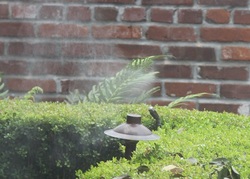 The weather is warming up and it is a great time to go outside and eat some good food. That is exactly what the mosquitoes are going to do. So before you head outside to cook with family, friends and pets, take the appropriate precautions against mosquitoes. Mosquito Borne Diseases in People Below is a list of diseases transmitted by mosquitoes that affect people with links to the Center for Disease Control: Mosquito Borne Diseases in Pets Below is a list of diseases transmitted by mosquitoes that will affect animals with links for more information:
Mosquito PreventionKeep people and pets indoor during dusk and dawn. This is when mosquitoes are most active. Use mosquito repellents. Use mosquito repellents labeled for pets on animals. Eliminate standing water areas around your home. Mosquito treatments in your yard will greatly reduce the number of mosquitoes. A mosquito misting system will virtually eliminate the mosquito presence at your home. Long sleeves and pants help, but no one wears either when it is hot. GreenSeasons Mosquito Control 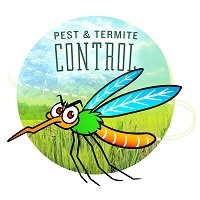 Let GreenSeasons get rid of your mosquito problem. GreenSeasons is a professional mosquito control company servicing the greater Baton Rouge, greater New Orleans, Slidell, Prairieville, Walker, Denham Springs, Gonzales, Baker, Zachary, Hammond and Covington areas. If you think you have a a mosquito problem or just don't want to get bit anymore, just click here for a free quote and we will give you a call or call us at (888) 353-1971. If you would simply like some advice on DIY mosquito control, please contact us and we will help. We get rodent control calls from time to time about noises in the attic of people's homes. The general rule about which rodent you are messing with is based on what time of day you hear the noises. If you hear noises from your attic during the day, especially at dusk or dawn, you've probably got a squirrel problem. If you hear the noises at night, it is most likely a roof rat problem. If you see burrows, holes in the lower walls, or just see a rat in your home without attic noises, it is probably a Norway rat. Squirrel Problem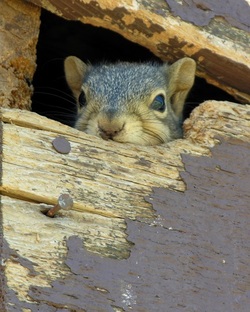 Signs of a squirrel:
Roof Rat Problem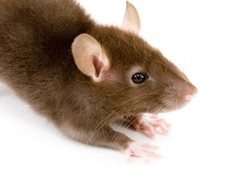 Signs of a roof rat:
Raccoon Problem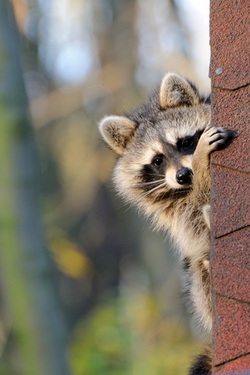 Sometimes what is thought to be a rat or a squirrel problem turns out to be something much bigger. If you hear something in your attic and find large droppings the size of a small to medium size dog, you have a bigger problem on your hands.
GreenSeasons Rodent Control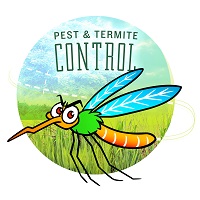 Let GreenSeasons get rid of rats, mice, raccoons, snakes, squirrels etc. GreenSeasons is a professional rodent control company servicing the greater Baton Rouge, greater New Orleans, Slidell, Prairieville, Walker, Denham Springs, Gonzales, Baker, Zachary, Hammond and Covington areas. If you think you have a rodent problem, just click here for a free quote and we will give you a call or call (888) 353-1971. If you would simply like some advice on rodent control, please contact us and we will help. At GreenSeasons, we kill bugs everyday, but we know pest control in Baton Rouge, Louisiana can be a real problem in some homes and businesses. Sanitation should always be the first step in both home pest control and commercial pest control. The methods below are what every property owner in Baton Rouge should know about keeping pest out of their house or business. 21 Ways to Keep Bugs Out
Professional Pest ControlGreenSeasons is the professional pest control provider for Baton Rouge, Louisiana. We provide pest control services in the greater Baton Rouge, greater New Orleans, Slidell, Prairieville, Walker, Denham Springs, Gonzales, Baker, Zachary, Hammond and Covington areas. If you need pest control service, just click here for a free quote and we will give you a call.
If you would simply like some advice on bugs, please contact us and we will be more than happy to help. One day you come outside and notice the oak tree in your yard has white webbing covering most of its trunk and some branches. Your first reaction is, "What is this on my tree and how do I get rid of it?" Well most people would have that reaction, but the good news is it is an overreaction. What you are seeing is the protective webbing of psocids, commonly referred to as bark lice. Believe it or not, this is a good thing. Bark Lice, aka Tree CattleBark lice show up on trees during the summer and early part of fall. Tree cattle eat algae, mold, fungi, lichen and dead insects that are in and on your tree's exterior. Most of these food sources are plentiful when given heat and excessive humidity which is why southern Louisiana is home to large invasions of psocids. They typically feed on hard wood trees and palms. I personally believe their tree of choice is an oak tree since it is what I have seen bark lice on the most. The good news is bark lice does not do any damage to the tree. By eating these foreign objects on the hard wood trees and palms, they are actually cleaning the tree. Be sure to thank them. How to Get Rid of Bark LiceBark lice will go away on their own. After they have gone, the bark lice webbing will dissolve over the next few weeks. If you just can't stand the sight of the webbing in your tree, a soapy water solution may encourage them to move along. Mix three tablespoons of dish soap per gallon of water and apply it to the infested area. If this does not work, you will have to learn to live with the tree cattle until they move on to their next tree. GreenSeasons is glad to help with any concerns regarding your trees you may have. If you would like for us to come out and perform a tree inspection, tree pruning, tree fertilzation, tree removal, or any other tree work, just click here and we will give your a call.
If you would just like some more advice on trees, please contact us. |
AuthorCharlie Casselberry Categories
All
Archives
April 2024
|
Contact |
Services |
About |
Locations
|
GreenSeasons
|
Baton Rouge Office
11628 S Choctaw Drive, Suite 227 Baton Rouge, Louisiana 70815 |
Greenwell Springs Office
14461 Frenchtown Road Greenwell Springs, LA 70739 |
Slidell Office
56010 Highway 433 Slidell, Louisiana 70461 |
© 2020 GreenSeasons

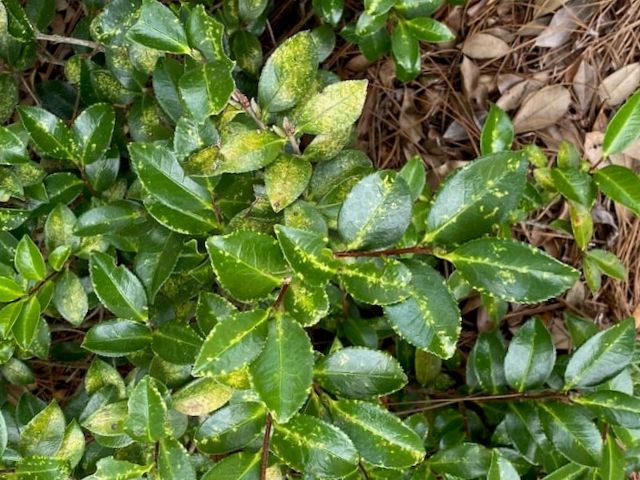

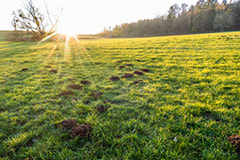
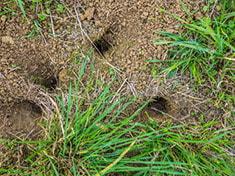
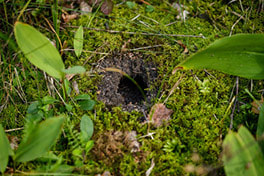
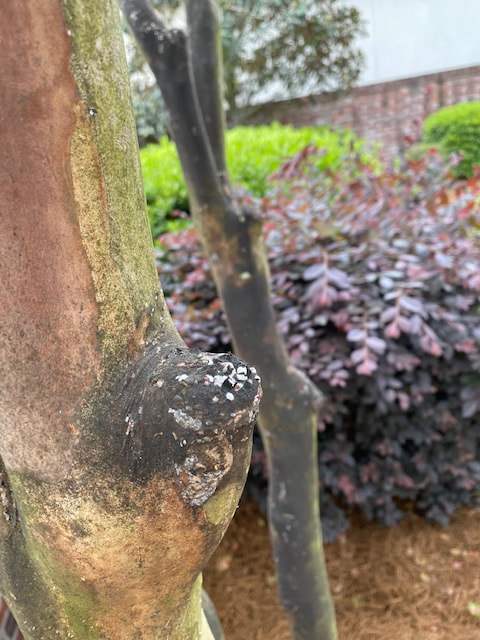

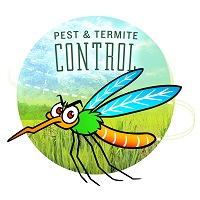
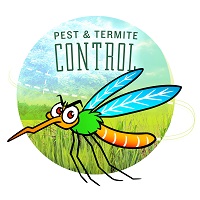
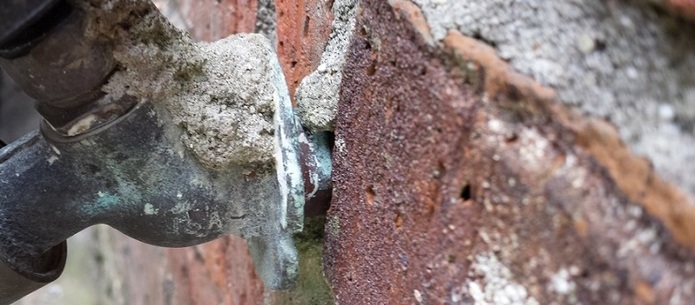
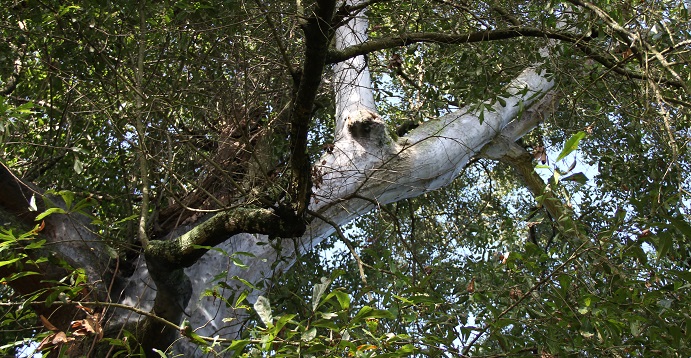

 RSS Feed
RSS Feed
